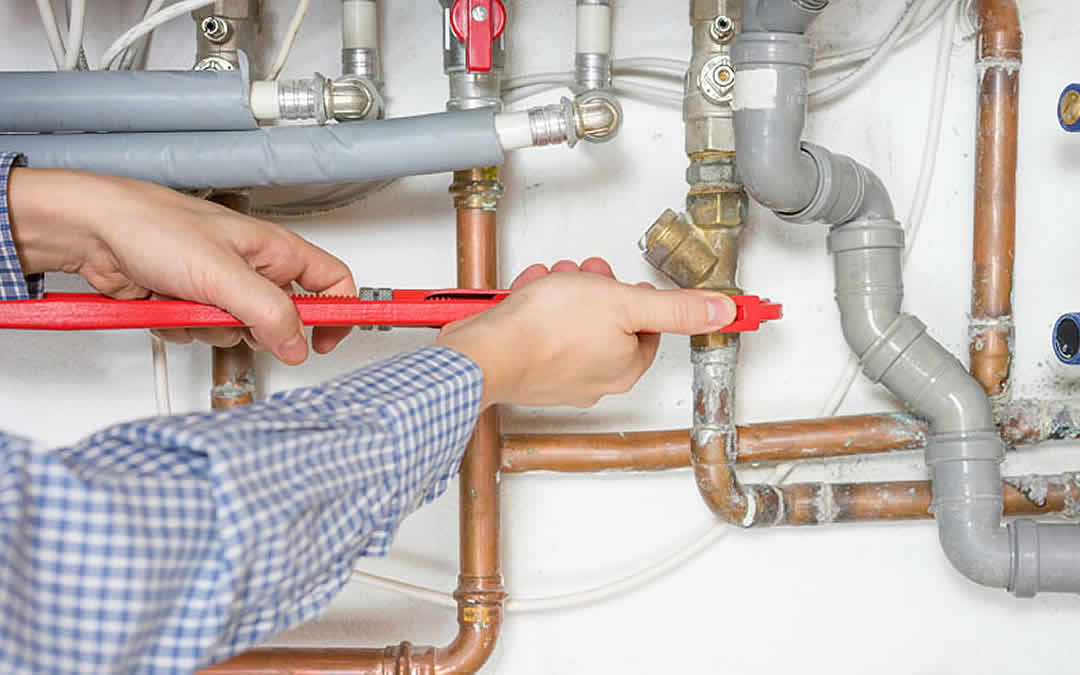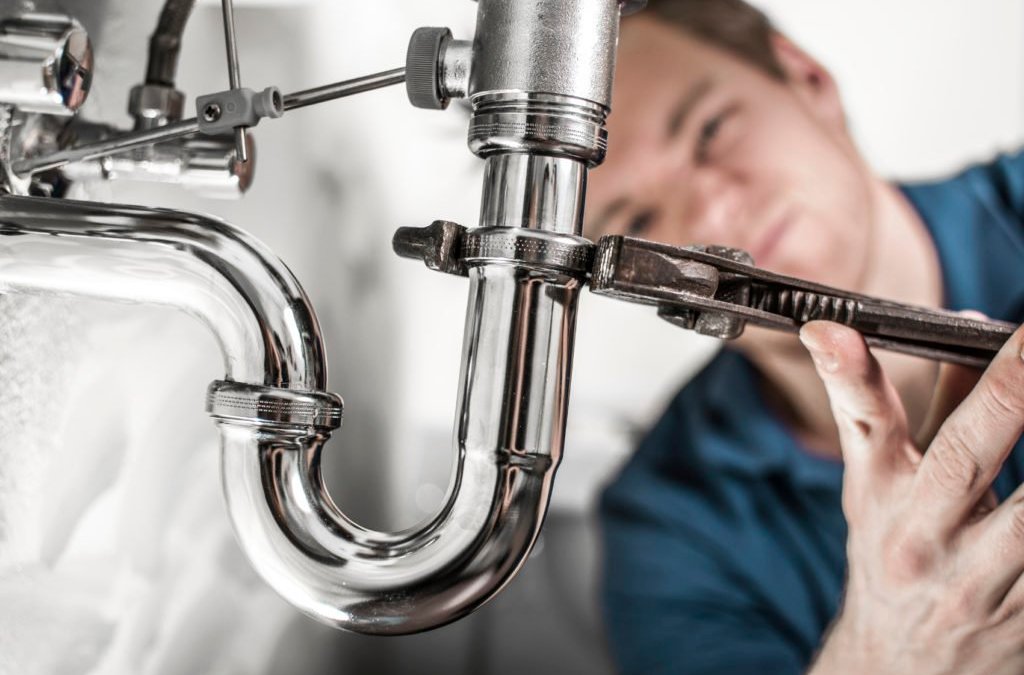Exploring the Fundamentals of Home Plumbing: A Beginner's Tutorial
Exploring the Fundamentals of Home Plumbing: A Beginner's Tutorial
Blog Article
We've noticed this post on What to Know About Plumbing: Basics, Tips, and Insights listed below on the web and figured it made good sense to talk about it with you on this page.

Plumbing is a crucial aspect of any kind of home, responsible for providing clean water for alcohol consumption, cooking, and bathing, along with removing wastewater safely. Comprehending the fundamentals of home plumbing is essential for each homeowner to make sure proper upkeep, troubleshooting, and, if essential, repair services. In this novice's overview, we'll cover the basic concepts of home plumbing to aid you become more aware of just how it functions.
Water System System
The water system brings clean water right into your home from a metropolitan water resource or a private well. It contains a main water line that links to your home's plumbing system, typically situated underground. A water meter gauges the quantity of water taken in, while a shut-off valve enables you to regulate the circulation of water right into your home.
Plumbing Components
Plumbing components are gadgets that deliver water to different parts of your home and include sinks, faucets, bathrooms, showers, bath tubs, and appliances such as dishwashers and washing makers. Each component is attached to the water system system through pipes and fittings and may have its shut-off valve for maintenance or emergency situations.
Water Heating Unit
The water furnace is responsible for heating water for residential use, consisting of bathing, cooking, and cleaning. Typical sorts of water heaters include tank-type hot water heater, tankless (on-demand) water heaters, and heatpump hot water heater. The hot water heater is linked to the water system and provides warm water to plumbing fixtures as required.
Drain System
The drain system eliminates wastewater from your home and brings it away to a sewage therapy facility or septic tank. It contains a network of pipes, fittings, and fixtures that move wastewater from plumbing fixtures to the major drain line or septic system. Correct drain is vital to prevent clogs, back-ups, and sewage leakages.
Air flow System
The air flow system helps maintain proper atmospheric pressure and prevent drain gases from entering your home. Air vent pipes, additionally known as vent heaps, expand from plumbing fixtures to the roof, allowing sewage system gases to leave securely outdoors. Ventilation pipelines likewise permit air to go into the drainage system, promoting smooth wastewater flow and preventing suction or vacuum results.
Common Plumbing Devices
Having the right devices accessible is crucial for performing standard plumbing fixings and upkeep tasks. Typical plumbing tools consist of flexible wrenches, monkey wrench, pliers, pipe cutters, hacksaws, bettors, augers (or drain serpents), and Teflon tape. Having these tools readily available can help you tackle minor plumbing concerns efficiently.
Fundamental Plumbing Repairs
While some plumbing fixings might require professional help, many common problems can be addressed with standard do it yourself techniques. Learning how to take care of a dripping faucet, unclog a drainpipe, change a toilet flapper, or repair a trickling showerhead can conserve you time and money on plumbing fixings.
Final thought
Understanding the essentials of home plumbing is necessary for each property owner to maintain a safe, practical, and effective plumbing system. By familiarizing yourself with the water supply system, plumbing components, drainage system, air flow system, typical plumbing devices, and standard repair services, you can confidently resolve minor plumbing problems and guarantee your home's plumbing system runs smoothly.
Plumbing for Beginners: A Comprehensive Guide
If you’re a beginner when it comes to plumbing, don’t worry; you’re not alone. Plumbing may seem intimidating, but with the right knowledge and a little practice, you can handle many common plumbing issues on your own. In this comprehensive guide, we will demystify the world of plumbing for beginners, providing you with the basic knowledge and skills needed to tackle common plumbing problems and even take on some DIY plumbing projects.
The Importance of Basic Plumbing Knowledge for Beginners:
First and foremost, basic plumbing knowledge gives you a solid foundation. It helps you grasp the key concepts and terminology that are essential in this field. By learning the basics, you’ll be able to build upon that knowledge and tackle more complex plumbing tasks in the future.
Having a basic understanding of plumbing also enables you to handle common issues that may arise in your home. Picture this: a leaky faucet or a clogged drain. With some basic plumbing knowledge, you’ll have the confidence to troubleshoot and fix these problems on your own. It saves you from unnecessary expenses and the hassle of waiting for a professional to arrive.
As a beginner, learning the basics of plumbing empowers you to take care of your own home. It gives you a sense of independence and self-reliance. You’ll no longer have to rely solely on professionals for every small issue that pops up. Instead, you can handle many tasks yourself, saving time and money in the process.
Remember, everyone starts as a beginner. Embrace the learning process and take small steps to expand your plumbing knowledge. There are plenty of online resources, tutorials, and even local workshops that talk about plumbing for beginners.
Essential Tools for Plumbing for Beginners
As you start your plumbing journey, having the right tools in your toolbox is crucial. Let’s explore some of the must-have tools:
Adjustable Wrench:
This versatile tool is a staple in any plumber’s toolbox. It allows you to tighten or loosen nuts and bolts of various sizes. Make sure to have an adjustable wrench with a comfortable grip.
Pipe Wrench:
A pipe wrench is specifically designed for gripping and turning pipes. It has serrated jaws that provide a strong grip, making it easier to loosen or tighten threaded pipes and fittings.
Plunger:
The plunger is a simple yet effective tool for clearing clogged drains and toilets. It creates suction when you push and pull, helping to dislodge blockages. Keep a good-quality plunger handy for those unexpected clogs.
Pipe Cutter:
When it comes to cutting pipes, a pipe cutter is your go-to tool. It creates clean, precise cuts without damaging the pipe. Look for a pipe cutter that can handle the pipe sizes you’re working with.
Hacksaw:
A hacksaw is useful for cutting through pipes, screws, and other materials. It’s a versatile tool that can handle different cutting tasks. Remember to use a blade suitable for cutting metal.
Tape Measure:
Accurate measurements are crucial in plumbing. A tape measure allows you to measure pipe lengths, distances, and dimensions accurately. Opt for a sturdy tape measure that extends a good length.
Pliers:
Pliers come in handy for various tasks, such as gripping, bending, and cutting. Slip-joint pliers with adjustable jaws are great for gripping pipes, nuts, and bolts.

I have been very intrigued by What to Know About Plumbing: Basics, Tips, and Insights and I hope you enjoyed the entire blog posting. Are you aware of someone else who is interested by the topic? Be sure promote it. Thanks a lot for being here. Kindly check up our site back soon.
Call Report this page